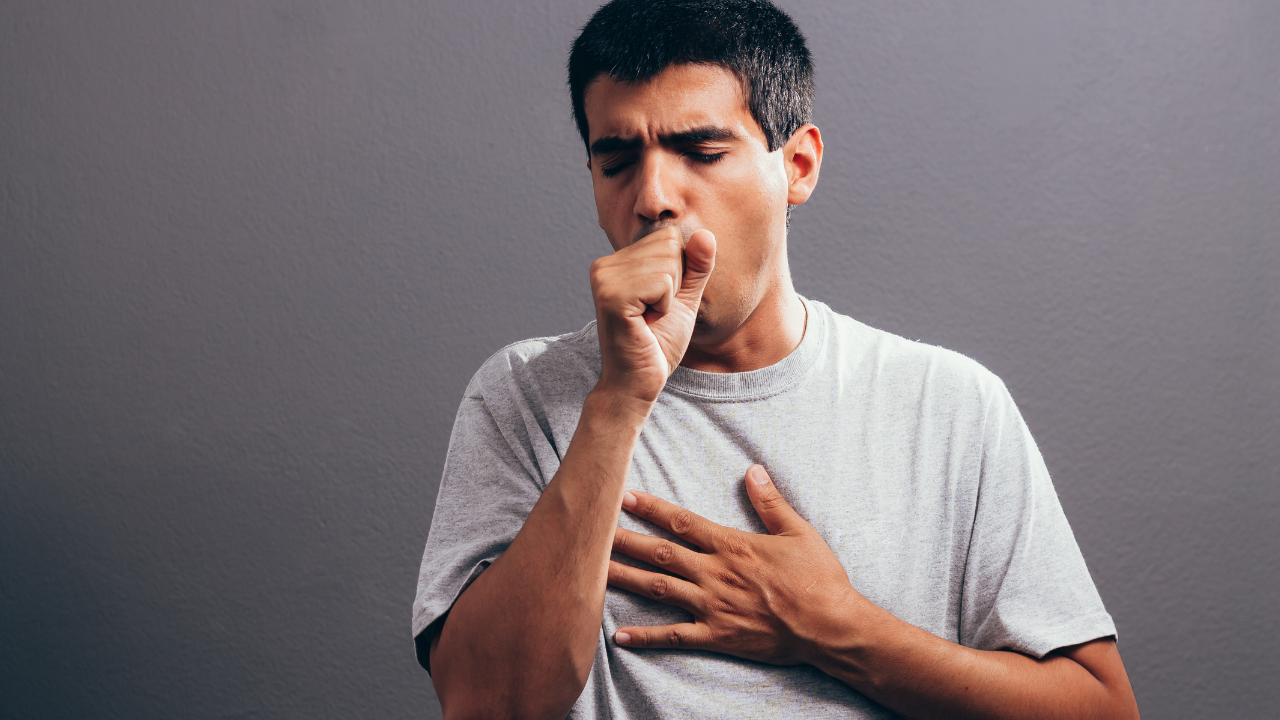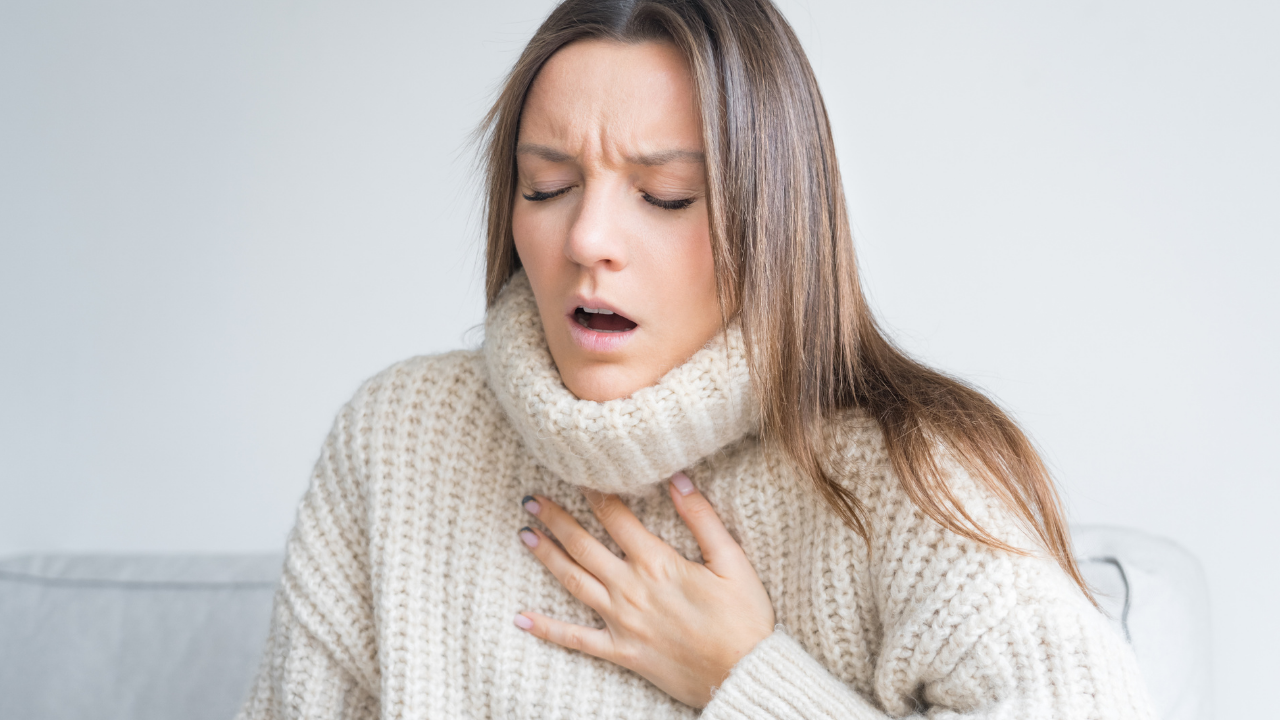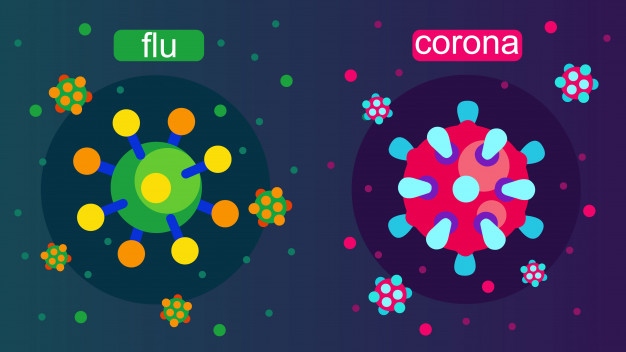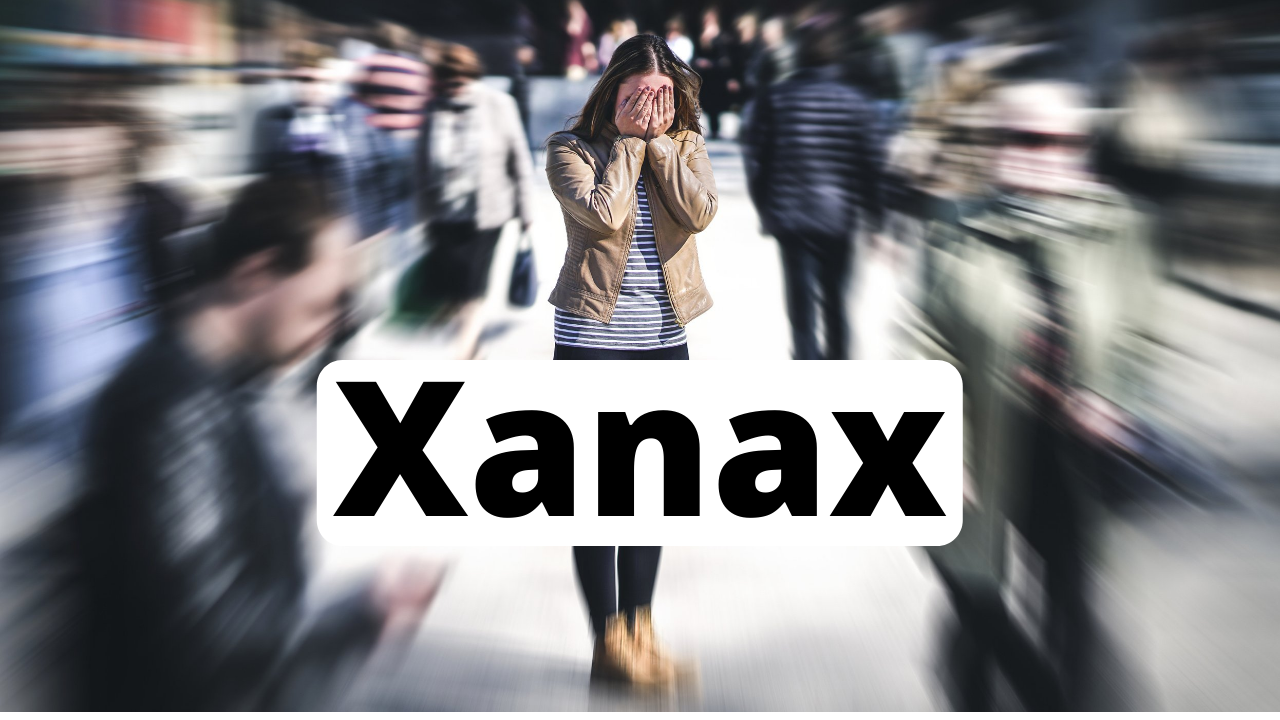Incubation time?
The incubation time with COVID-19 is anywhere from 1-14 days. Typically, a person develops symptoms 4-5 days after being infected, but symptoms can appear as early as 2 days after infection or as late as 14 days after infection.
The incubation time for the flu is shorter & typically, a person develops symptoms anywhere from 1 to 4 days after infection.
What about the common cold? Usually, it takes 1-3 days for a person to develop symptoms.
So that does not really help that much, except that we learnt that COVID 19 can have a very long incubation time!
Symptom onset?
COVID 19 the symptoms can develop gradually, but with some people (especially older adults) there is an abrupt onset of symptoms. Whereas the onset of symptoms for the flu are typically abrupt and sudden. The common cold presents differently, and the symptoms have a gradual or a slow onset.
Fever?

Fever is rare with the common cold.
Both COVID 19 and the flu typically present with fever. In a study looking at the classic symptoms of COVID 19 Fever was reported by more than 78% patients. The study examined 24,410 patients across various countries. Although, it must be said an older adult can present with atypical symptoms and have no fever at all.
Cough?

Once again both COVID-19 and the flu can present with cough. And in that study, I mentioned earlier 57% presented with a cough. Similarly, In a report of over 370,000 confirmed COVID-19 cases with known symptom status reported to the CDC in the United States cough was reported 50% of the time.
Mind you the cough with COVID-19 as well for the flu is typically dry. It’s interesting that in that study approximately 1 in 5 test-positive adults were never febrile and fewer than 3 in 5 developed a cough. Study authors do point out that some of the patients they were looking at were likely to have moderate-severe disease warranting hospitalization and thus testing. They surmised that we might be even over estimating the true prevalence of symptoms in the population as there might be people who are asymptomatic or mildly symptomatic. The cough in a patient with the common cold is mild and can be hacking.Both COVID-19 and the flu especially when symptomatic the cough is described as severe.
Shortness of breath?

This symptom is seen with symptomatic COVID-19 patients and sometimes seen with the flu. This is a rare symptom for the common cold. Interestingly SOB made up only 23 % of presenting symptoms in the study I mentioned earlier looking a spectrum of patients over various countries. Interestingly, in the report to the CDC SOB was also only present in 29% of the patients. So how do we explain differences to previously published studies who had higher percentages for SOB. This was probably because previous studies and reports had more likely had a higher proportion of adults with more severe disease, whereas more recent studies included adults with mild symptoms due to the wider availability of testing. The study published in June 2020 did conclude fever and cough are the most prevalent symptoms of adults infected by SARS-CoV-2.
Fatigue?

I am not talking about the feeling when your significant other asks you to get a cup of water for her and you are too “tired” because you had a “hard day”. Once again COVID 19 and the flu share a common symptom and the feeling of feeling tired and fatigued is common. In fact, the feeling of extreme exhaustion is early and prominent with the flu. Fatigue, is only sometimes present when the cold is present
Runny nose, nasal congestion, sneezing?
So here the cold does differentiate itself from both COVID-19 and the flu. Having a runny nose, sneezing and nasal congestion are common with the cold. It is less common with the flu and COVID-19 and is only seen sometimes.
I might add that a sore throat is also more common with the cold, especially if postnasal drip is involved. This once again is only seen sometimes with both COVID-19 and the flu.
GI symptoms?
GI symptoms such as vomiting & diarrhea are once again rare with the common cold, whereas it can be present for both COVID 19 and flu patients. The report to the CDC found that 19 % had diarrhea and 12 % nausea and vomiting. In that report 370,000 confirmed cases of COVID 19 were looked at. Of note the GI symptoms are more common in children than adults with symptoms of the flu.
Body aches?
What about body aches! When I am talking about body aches the entire body is painful which makes it painful to get up & move. Body aches are only slight and rare for the cold, but quite a prominent feature for the flu. Body aches also known as myalgia is present sometimes for COVID-19.
Headache?

Headache is another common symptom with the flu, features only sometimes with COVID 19 and rarely a symptom with a cold. In that report to the CDC among 370,000 COVID 19 confirmed patients 34% had a headache.
Complications:
Both COVID-19 and flu can result in complications, including:
- Pneumonia
- Respiratory failure
- Acute respiratory distress syndrome (i.e. fluid in lungs)
- Sepsis
- Cardiac injury (e.g. heart attacks and stroke)
- Multiple-organ failure (respiratory failure, kidney failure, shock)
- Worsening of chronic medical conditions (involving the lungs, heart, nervous system, or diabetes)
- Inflammation of the heart, brain, or muscle tissues
- Secondary bacterial infections (i.e. infections that occur in people who have already been infected with flu or COVID-19)
Additional complications associated with COVID-19 can include:
- Blood clots in the veins and arteries of the lungs, heart, legs or brain
- Multisystem Inflammatory Syndrome (MIS-C).
This is not seen in the common cold: Depending upon the viral strain, a cold can last up to 2 weeks. Colds are a mild upper respiratory illness with a runny, stuffy nose usually without a fever.
Having said that your health care provider might have a difficult time distinguishing COVID 19 from the flu or from that matter even a severe cold. Your Health Care Provider will then order a PCR test to test for COVID 19. A result can be had in about 10-15 minutes if an antigen test is run.He can order the rapid flu test to test for the flu. You might ask: Can I get the flu and COVID 19. Yes, that possibility exists as they are caused by 2 different viruses: one is COVID 19 and there are a variety of Influenza strains.
Stay safe and healthy.
Have a good day and Think Your Health!See entire video here.
Source:
- https://www.ncbi.nlm.nih.gov/pmc/articles/PMC7310678/
- https://pubmed.ncbi.nlm.nih.gov/32555134/
- https://www.cdc.gov/flu/symptoms/flu-vs-covid19.htm
- .https://www.cdc.gov/






